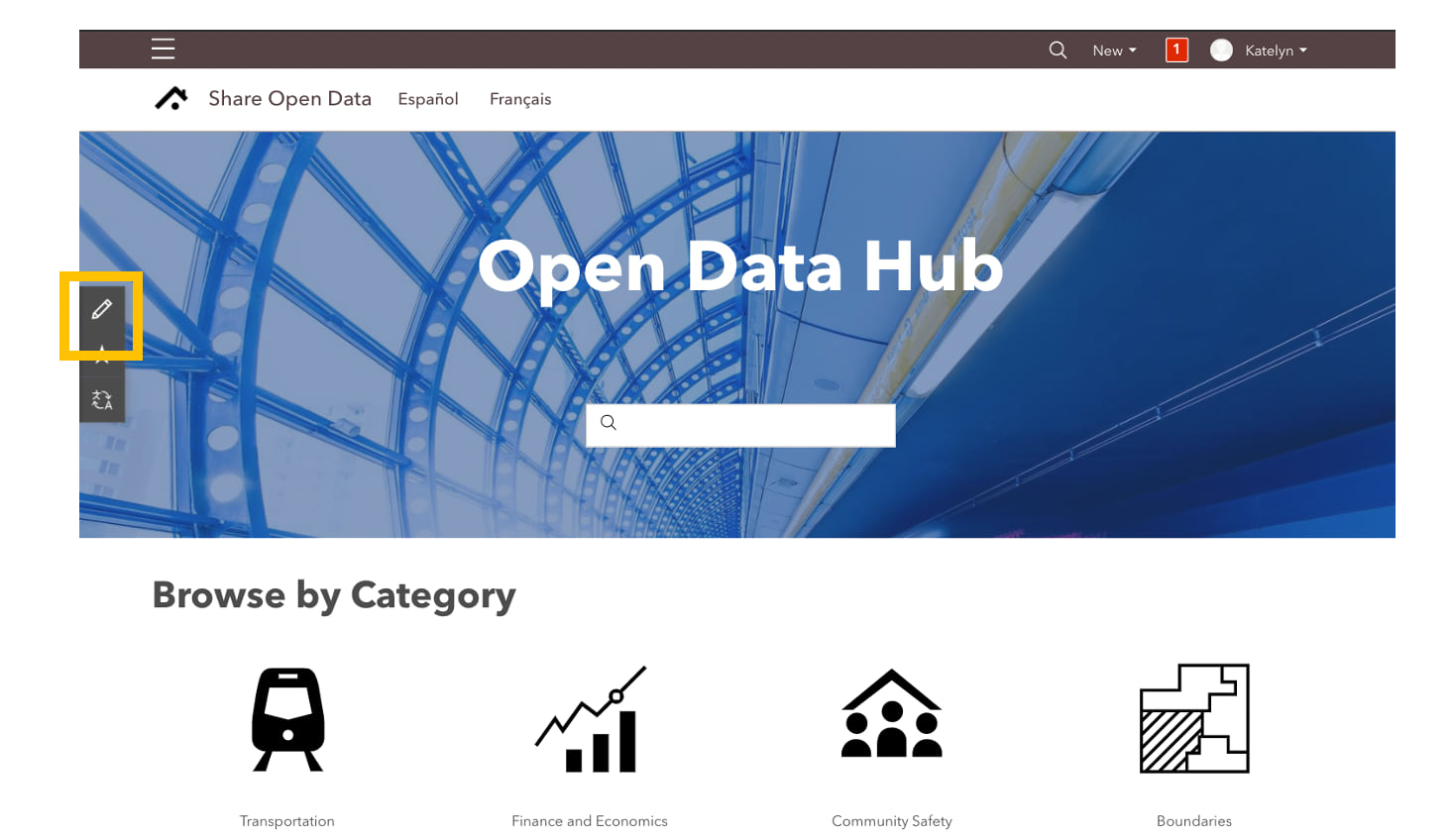- 0 replies
- 3,591 views
- Add Reply
- 0 replies
- 1,225 views
- Add Reply
- 0 replies
- 1,817 views
- Add Reply
- 0 replies
- 1,102 views
- Add Reply
- 1 reply
- 5,436 views
- Add Reply
Planet 50cm

By intertronic,
the satellites from planet can now take imagery at 50cm, they changed their orbit in order to achieve better GSD
SKYSAT IMAGERY NOW AVAILABLE
Bring agility to your organization with the latest advancements in high-resolution SkySat imagery, available today. Make targeted decisions in ever-changing operational contexts with improved 50 cm spatial resolution and more transparency in the ordering process with the new Tasking Dashboard.
EagleView Hits Key Milestone, Processing 100M Images So Far This Year

By Lurker,
EagleView, a leading technology provider of aerial imagery and data analytics, today achieved a key milestone when it processed its 100 millionth image so far this year. During 2019, EagleView processed 45,341,999 images. EagleView has more than doubled that figure in just the first six months of 2020.
“This represents a 95% increase in the number of images processed year-to-date compared to 2019,” said Jay Martin, COO of EagleView. “This was accomplished despite unexpectedly needing to mo
Updating legacy open data sites in ArcGIS Hub

By Lurker,


If your organization used ArcGIS Hub (formerly called ArcGIS Open Data) to build a website prior to 2016, ESRI recommend that you transition your site to the current hub framework. While ESRI have kept these systems online over the last 3 years to afford their customers time to make a new site in ArcGIS Hub, ESRI are now shutting off the legacy system on September 1st, 2020 for security reasons.
complete migration tutorial here:
https://www.esri.com/arcgis-blog/products/arcgis-hub/nati
BeiDou navigation enables smarter agricultural production

By Lurker,
China-developed BeiDou navigation technology has made agricultural production smarter and more precise.
Nanjing Agricultural University has developed the BeiDou-tech-supported unmanned wheat seeding and harvesting technology, empowering agricultural production with advanced navigation technology, according to the university.
The new wheat production technology is a significant part of smart wheat production technology, according to Tian Yongchao, deputy director with the smart agricult
Geemap: A Python package to join forces of Google Earth Engine, ipyleaflet, and ipywidgets

By rahmansunbeam,

geemap is a Python package for interactive mapping with Google Earth Engine (GEE), which is a cloud computing platform with a multi-petabyte catalog of satellite imagery and geospatial datasets. During the past few years, GEE has become very popular in the geospatial community and it has empowered numerous environmental applications at local, regional, and global scales. GEE provides both JavaScript and Python APIs for making computational requests to the Earth Engine servers. Compared with the
-
Forum Statistics
8.8k
Total Topics43.5k
Total Posts



